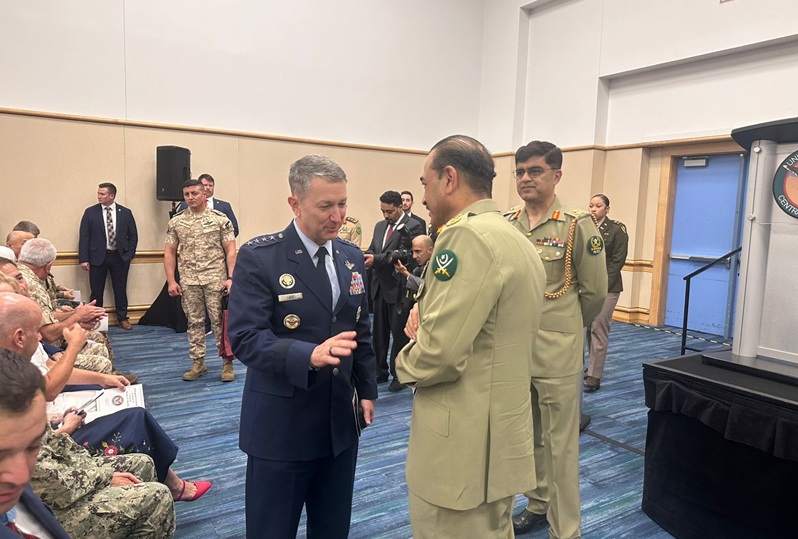Tensions between India and the United States have escalated in 2025, primarily driven by trade disputes, India’s energy and defense ties with Russia, and diplomatic disagreements. Based on recent developments, here’s an analysis of the current situation and potential future actions signaled by U.S. President Donald Trump, as well as their implications.
Current Sources of Tension
Trade Disputes and Tariffs:
Trump has imposed a 25% tariff on Indian imports, effective August 7, 2025, with an additional 25% penalty, bringing the total to 50%, due to India’s continued purchase of Russian oil.
Trump has criticized India’s high tariffs on U.S. goods, calling them “strenuous and obnoxious” and citing a $46 billion trade deficit. He argues India’s protectionist policies limit U.S. market access, particularly in agriculture and dairy.
India has responded by emphasizing its national interests, particularly protecting its agriculture and small businesses, and called the tariffs “unfair, unjustified, and unreasonable.”
Trade talks have stalled, with Trump indicating no further negotiations until the tariff issue is resolved.
India’s Ties with Russia:
India’s significant increase in Russian oil imports (35–40% of its total crude imports in 2024, up from 0.2% pre-2022) has drawn Trump’s ire, as he accuses India of funding Russia’s war in Ukraine.
India’s longstanding defense relationship with Russia, including reliance on Russian military equipment, further frustrates the U.S., which sees it as undermining Western sanctions.
India defends its energy and defense procurements as driven by market factors and national security, emphasizing its “steady and time-tested” partnership with Russia.
Diplomatic Frictions:
Trump’s claim of brokering a ceasefire between India and Pakistan in May 2025 has been met with rebuttals from India, which insists the truce was bilateral and rejects third-party mediation on Kashmir.
The U.S. warming ties with Pakistan, including hosting Pakistan’s army chief Asim Munir and a deal to develop Pakistan’s oil reserves, has raised concerns in New Delhi.
Trump’s critical rhetoric, including calling India’s economy “dead” and mocking its strategic choices, has strained the personal rapport he once shared with Indian Prime Minister Narendra Modi.
BRICS and Strategic Autonomy:
Trump views India’s participation in BRICS as “anti-United States” and an “attack on the dollar,” particularly due to India’s alignment with Russia and China in the group.
India’s policy of strategic autonomy, prioritizing relations with multiple nations including Russia and Iran, clashes with U.S. expectations of alignment against China and Russia.
Trump’s “More to Come” – Potential Future Actions
Trump’s statements, particularly his Truth Social posts and public remarks, suggest further escalation if India does not meet U.S. demands. Here are potential actions he might take, based on his rhetoric and policy patterns:
Higher Tariffs:
- Trump has threatened to “substantially raise” tariffs beyond the current 50%, potentially targeting a broader range of Indian exports like pharmaceuticals, textiles, or IT services, which are critical to India’s economy.
- He has floated tariffs as high as 100% on countries buying Russian oil unless Russia agrees to a Ukraine peace deal by early August 2025, though this deadline has passed without resolution.
- Such tariffs could significantly impact India’s GDP growth, with estimates suggesting a 0.4–0.8% reduction if sustained for a year, and could disrupt manufacturing goals.
Sanctions or Secondary Sanctions:
- Trump may impose secondary sanctions on Indian entities involved in Russian oil or arms trade, targeting refiners like Reliance Industries or Nayara Energy, which handle significant Russian crude imports.
- Sanctions could extend to financial institutions or defense firms, though this risks alienating a key U.S. partner in countering China.
- Freezing or Limiting Trade Talks:Trump has already indicated a halt to trade negotiations until the tariff dispute is resolved, potentially delaying or canceling a hoped-for comprehensive trade deal.
- This could jeopardize initiatives like the Catalyzing Opportunities for Military Partnership, Accelerated Commerce & Technology (COMPACT) arrangement.
Diplomatic Pressure and Regional Realignment:
- Continued U.S. engagement with Pakistan, such as developing its oil reserves or expanding military cooperation, could be used to pressure India, Trump has mockingly suggested Pakistan might sell oil to India.
- Trump might push India to reduce ties with Russia and Iran, leveraging U.S. influence in forums like the Quad (U.S., India, Japan, Australia), potentially threatening India’s role if it doesn’t comply.
Immigration and Visa Restrictions:
- Trump’s focus on immigration could lead to stricter H-1B visa policies, impacting Indian IT professionals and companies reliant on U.S. contracts, a sector critical to India’s $250 billion services export industry.
- Reports of harsh treatment of Indian deportees in the U.S. have already sparked domestic backlash in India, which could worsen if policies tighten.
Implications and India’s Response
Economic Impact: The 50% tariffs threaten India’s export-driven sectors (e.g., leather, textiles, jewelry), with Moody’s warning of a 0.3% GDP growth slowdown and Morgan Stanley estimating up to 0.8%.
Geopolitical Shift: Trump’s actions may push India closer to China and Russia, as evidenced by recent high-level Indian diplomatic engagements with Beijing despite border tensions.
Strategic Autonomy: India remains defiant, with Modi emphasizing protection of farmers and energy security. New Delhi is likely to pursue diplomacy, with a U.S. trade delegation visit planned for August 25, 2025, as a potential de-escalation point.
Domestic Sentiment: Indian leaders and analysts express disappointment, with some calling U.S.-India ties at their lowest since the 1990s. However, India is urged to “play the long game” and negotiate calmly.
Critical Perspective
While Trump’s rhetoric and tariffs aim to pressure India into aligning with U.S. interests, they risk backfiring by undermining a strategic partnership critical for countering China in the Indo-Pacific.
India’s strategic autonomy and economic imperatives (e.g., affordable Russian oil) make compliance unlikely, and U.S. actions may inadvertently strengthen India’s ties with BRICS nations.
Conclusion
The growing tension stems from trade imbalances, India’s Russia ties, and diplomatic missteps, with Trump’s “more to come” likely involving higher tariffs, sanctions, or immigration restrictions.
Discover more from Defence Talks | Defense News Hub, Military Updates, Security Insights
Subscribe to get the latest posts sent to your email.





